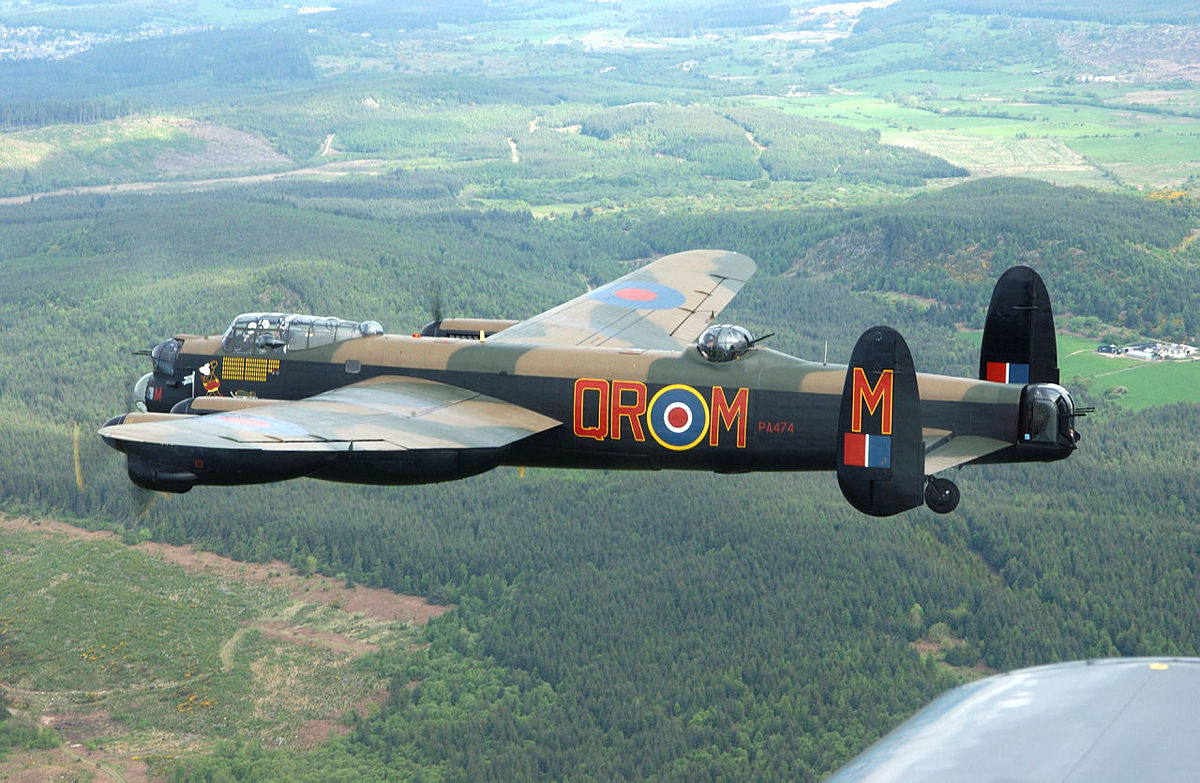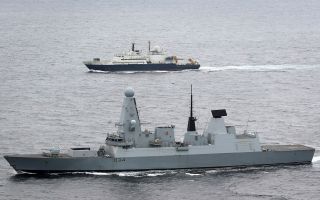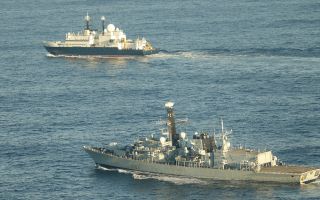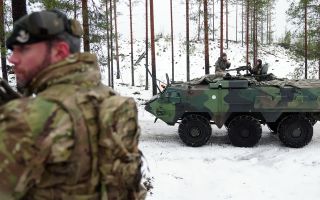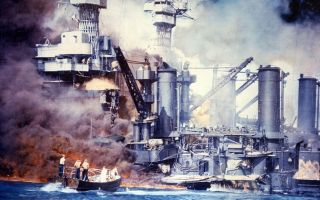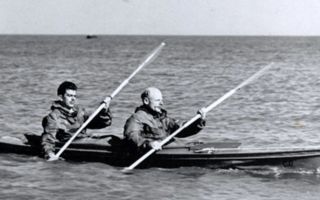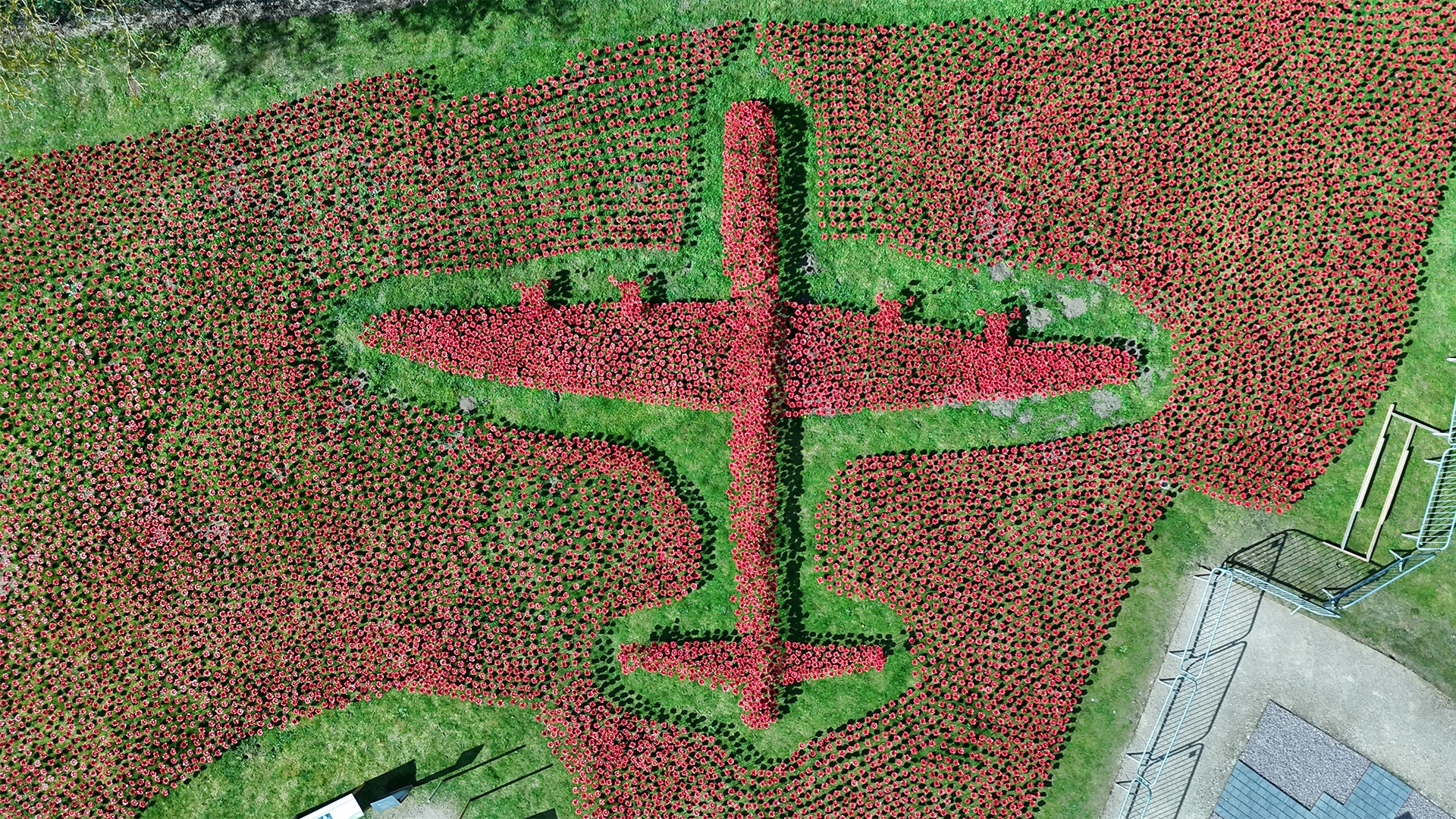
Avro Lancaster takes flight for VE Day 80 – thanks to more than 20,000 poppies

A display of more than 20,000 ceramic poppies, arranged in the silhouette of an Avro Lancaster heavy bomber, has been unveiled.
The Lancaster has been installed at the International Bomber Command Centre (IBCC) in Lincoln ahead of the 80th anniversary of Victory in Europe (VE) Day on 8 May.
It was created by Lithuanian artist Darius Sirmulevicius, who now lives in Lincolnshire, and will serve as a summer-long tribute to the millions of people across the UK and the Commonwealth who served in the Second World War.
The poppies, each one unique, will be available for sale with proceeds going towards the IBCC, the Wooden Spoon Rugby Charity and the British West India Regiments Heritage Trust.
Nicky van der Drift, the CEO of the IBCC, said: "During WW2, more than a million men and women served in or supported Bomber Command, and Lincolnshire housed over a third of all the RAF Bomber Command stations.
"In the UK, the red poppy is the national symbol of remembrance.
"Despite the devastation and horrific loss of life in war-torn Europe, poppies flourished and grew on battlefields, and this spectacular display in the shape of a Lancaster bomber is a fitting tribute to their sacrifice.
"It serves as a point of remembrance, a reminder of the cost of war and an education piece for all ages, which is at the heart of everything we do here."
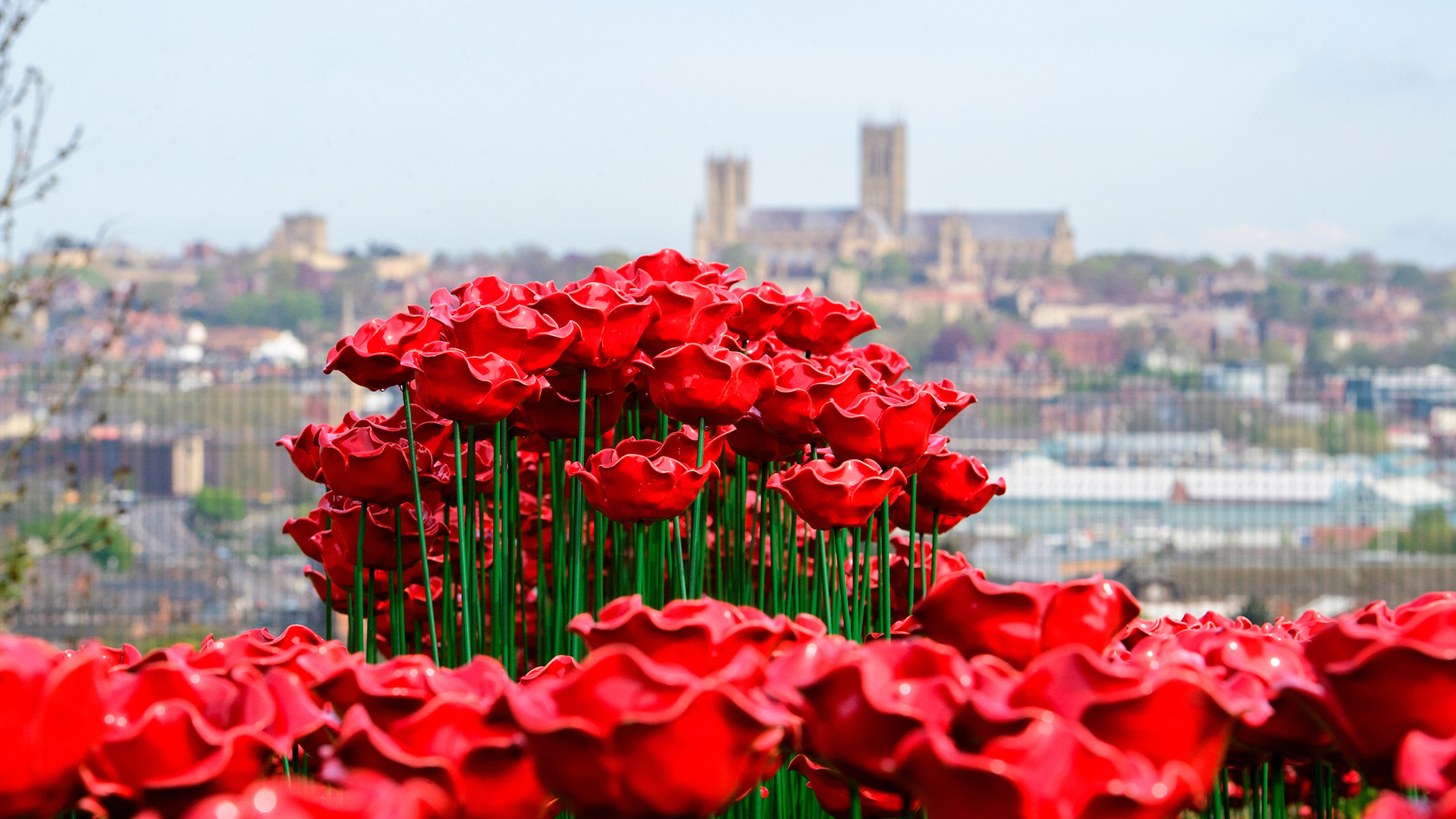
The Avro Lancaster is the most famous and successful RAF heavy bomber of the Second World War.
Some 7,377 were built, but there are only two airworthy Lancasters left in the world, one being operated by the RAF's Battle of Britain Memorial Flight.
Lancaster PA474 was built at the Vickers Armstrong Broughton factory at Hawarden Airfield, Chester, on 31 May 1945, just after VE Day.
The war in the Far East ended before she was deployed and she did not take part in any hostilities.
